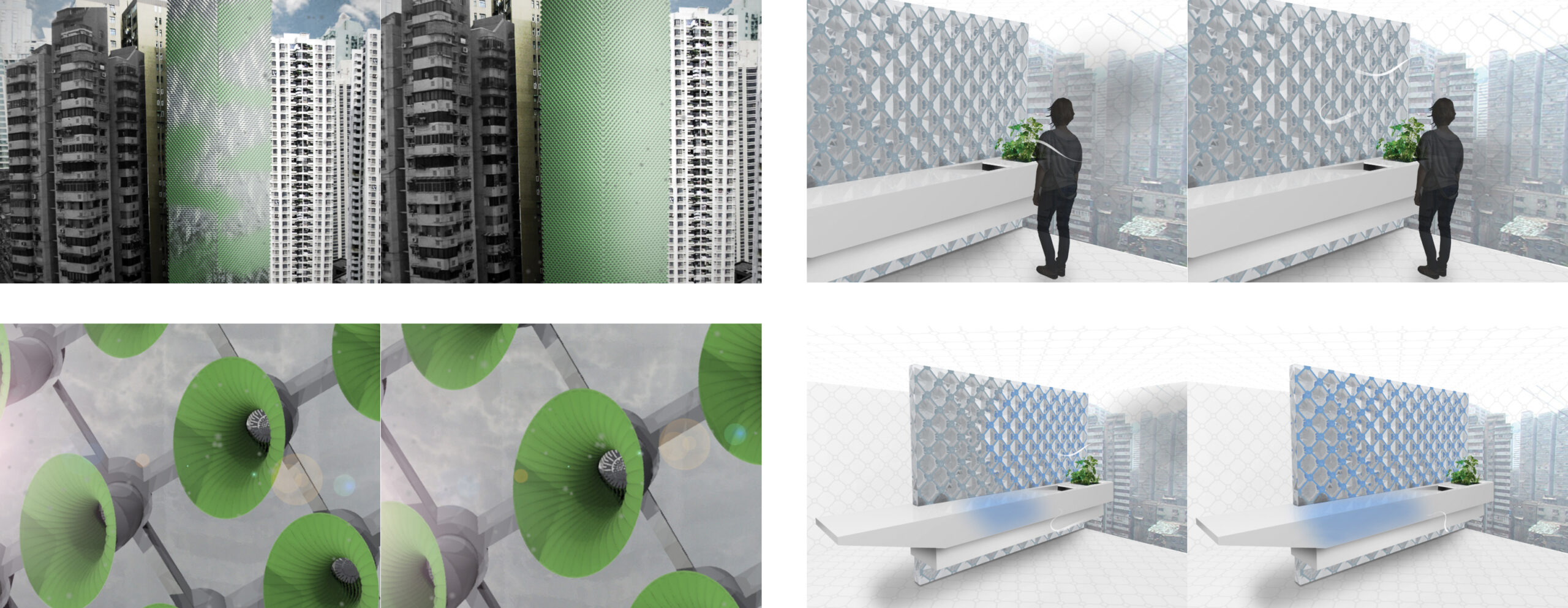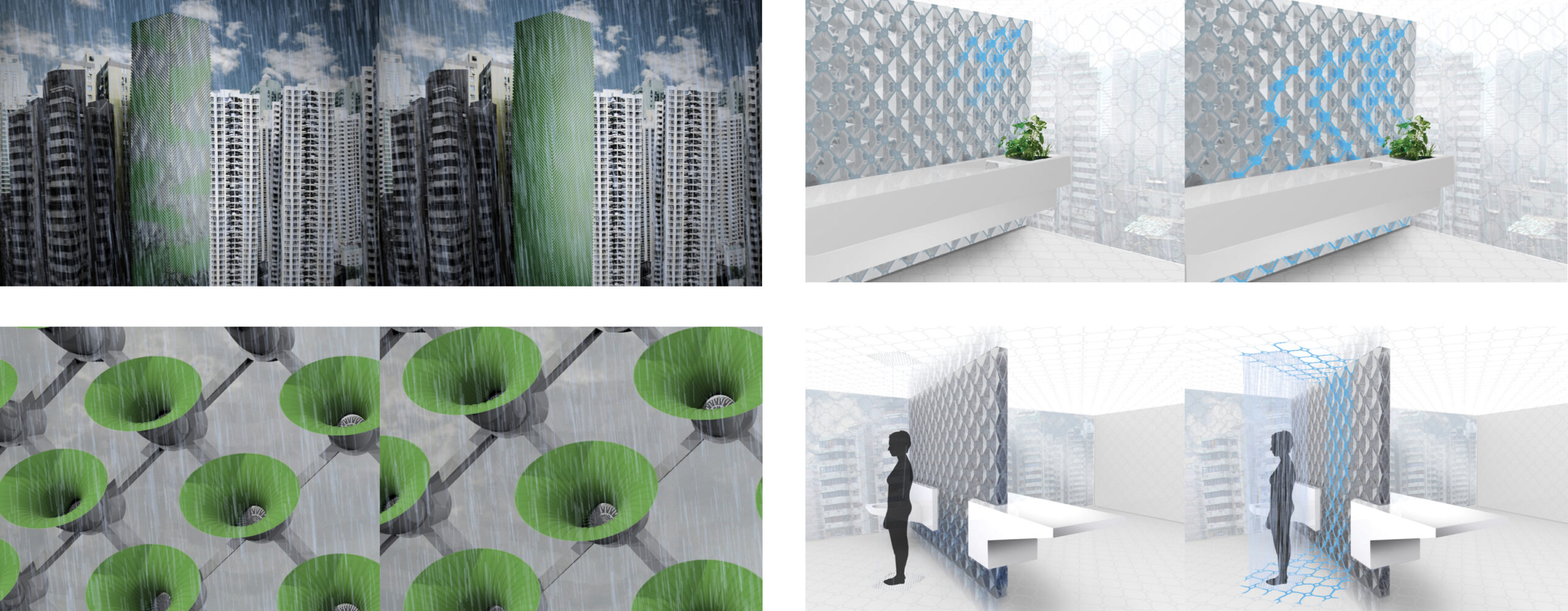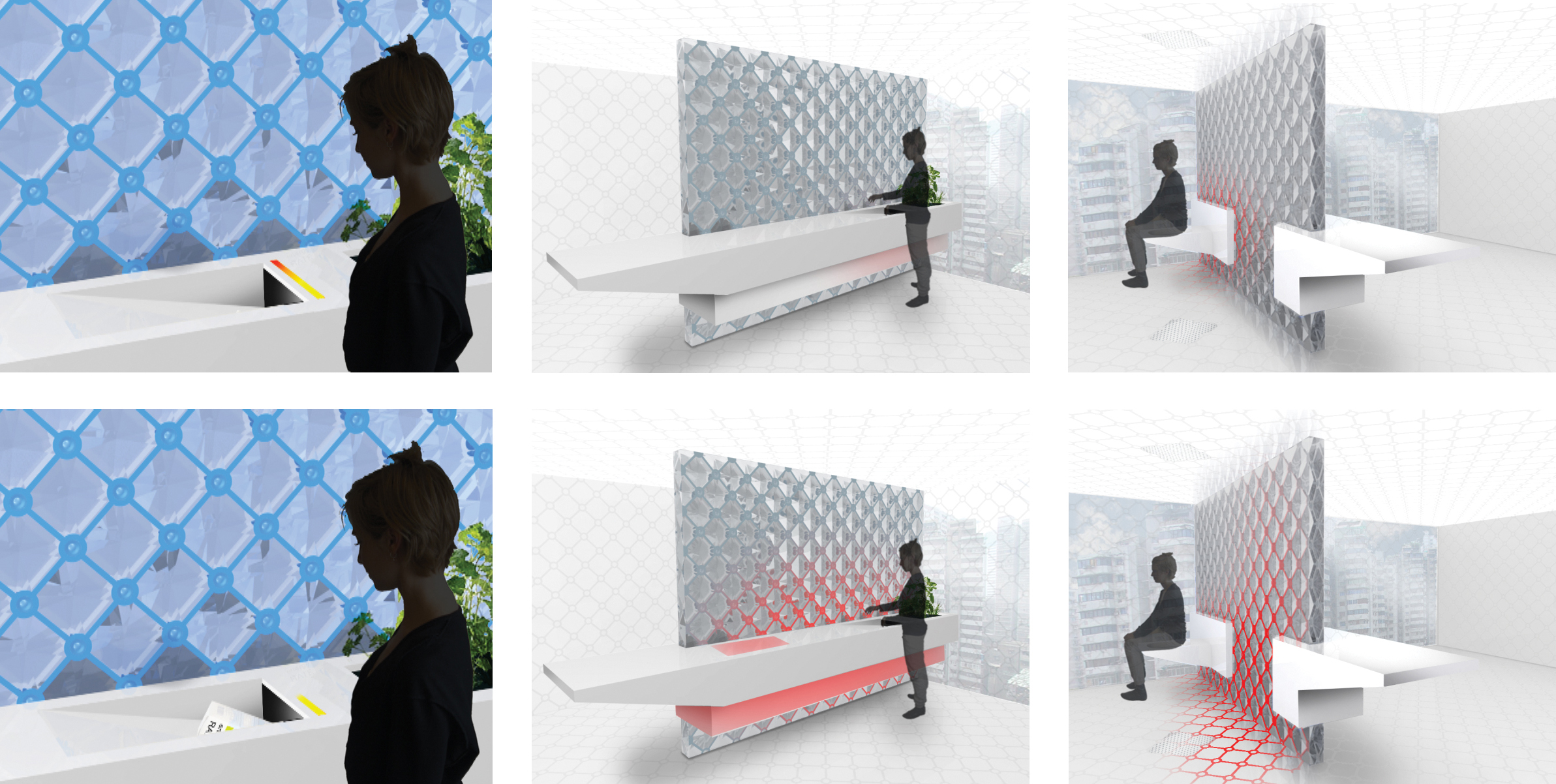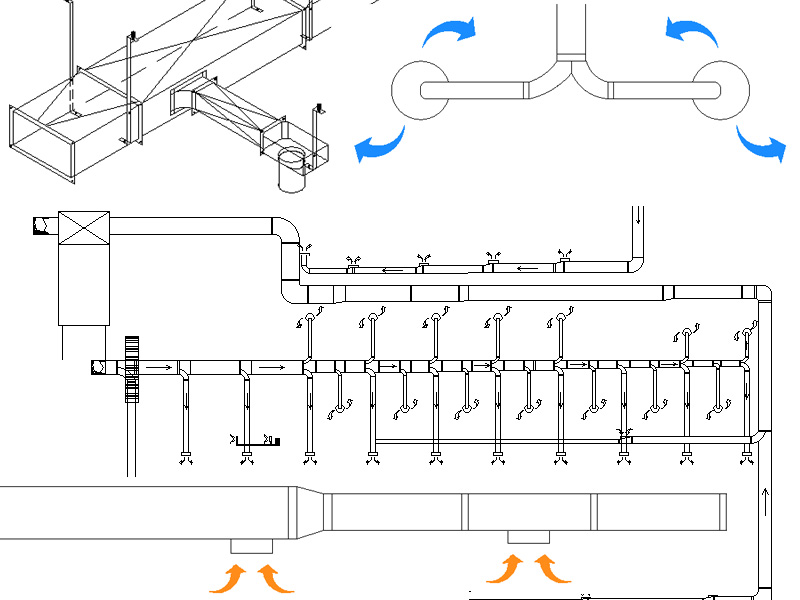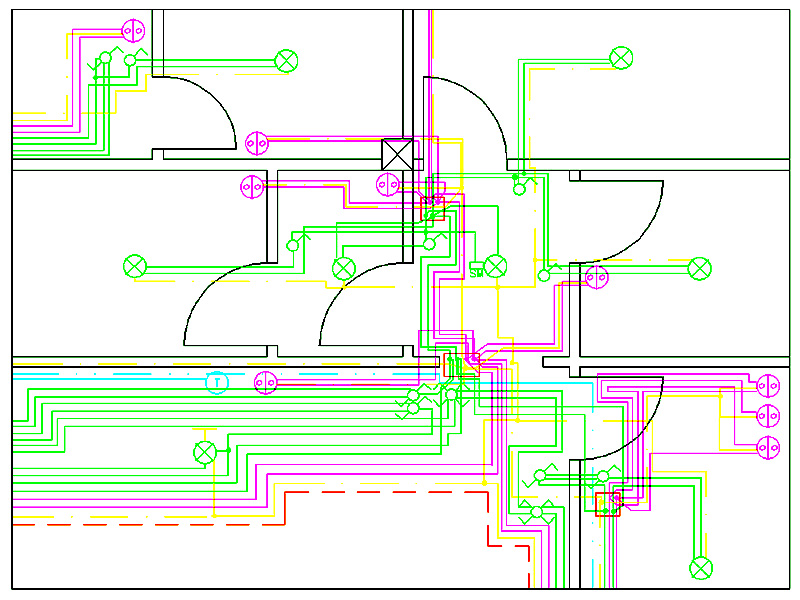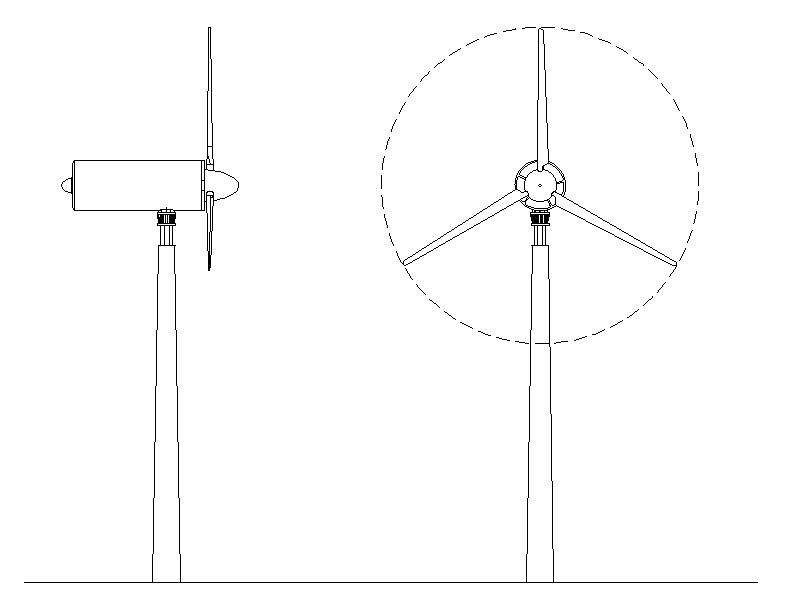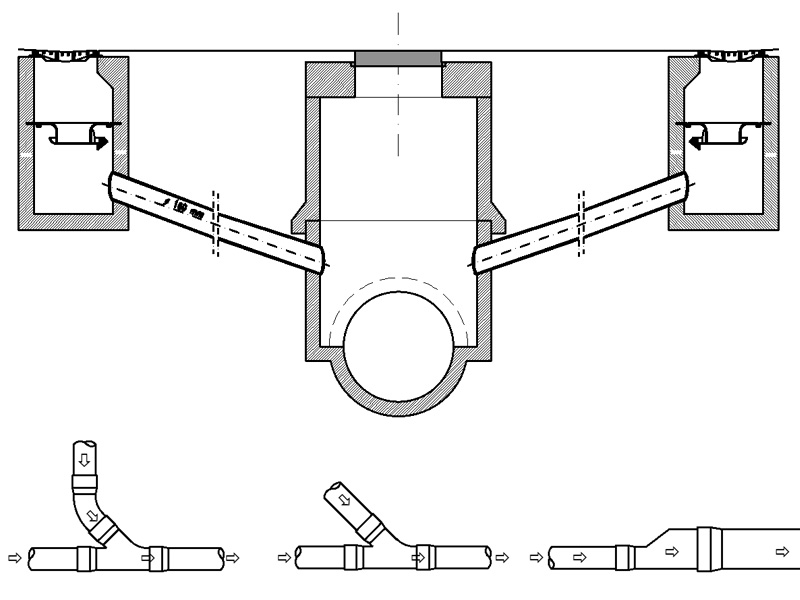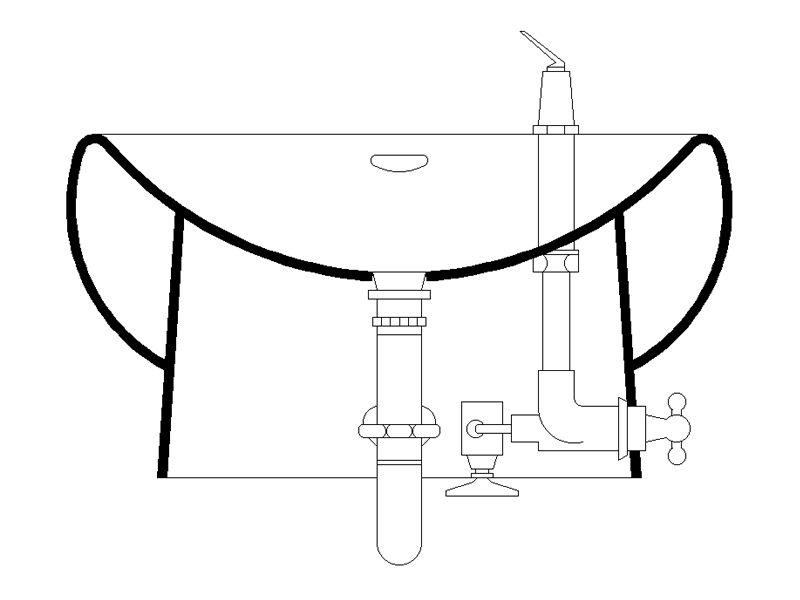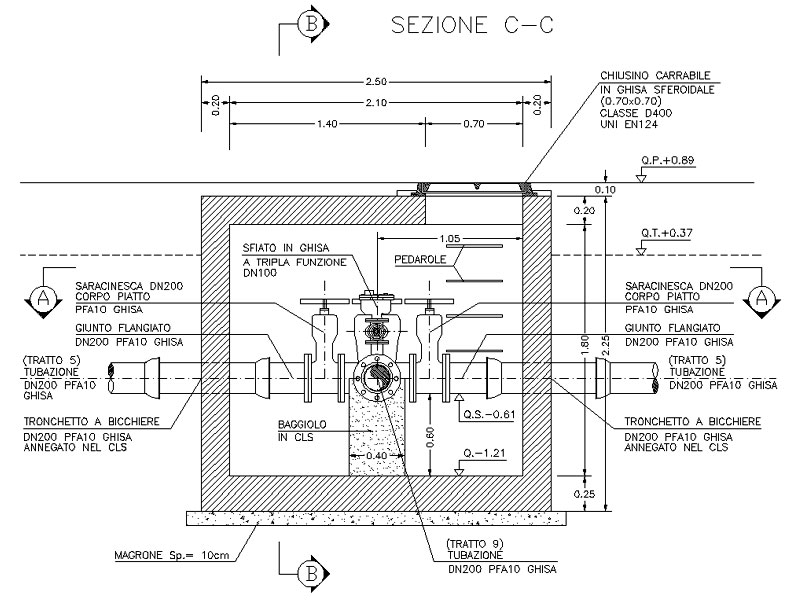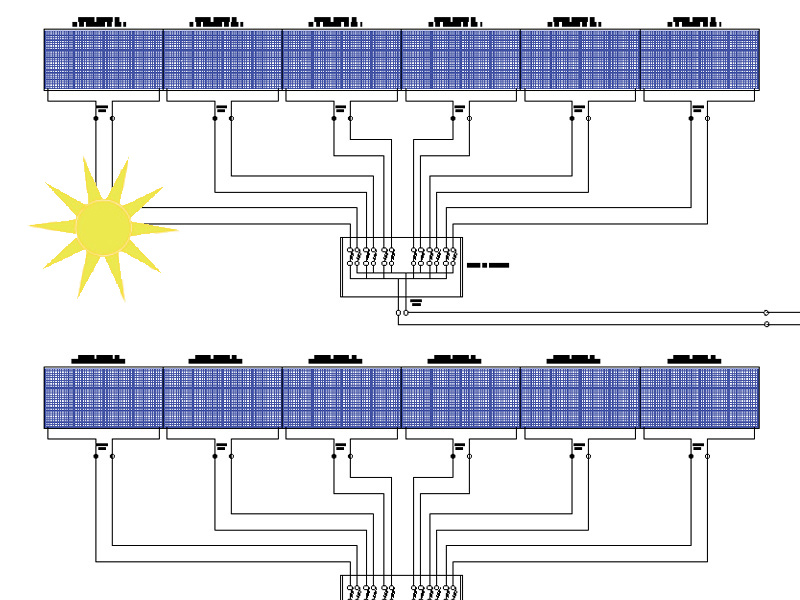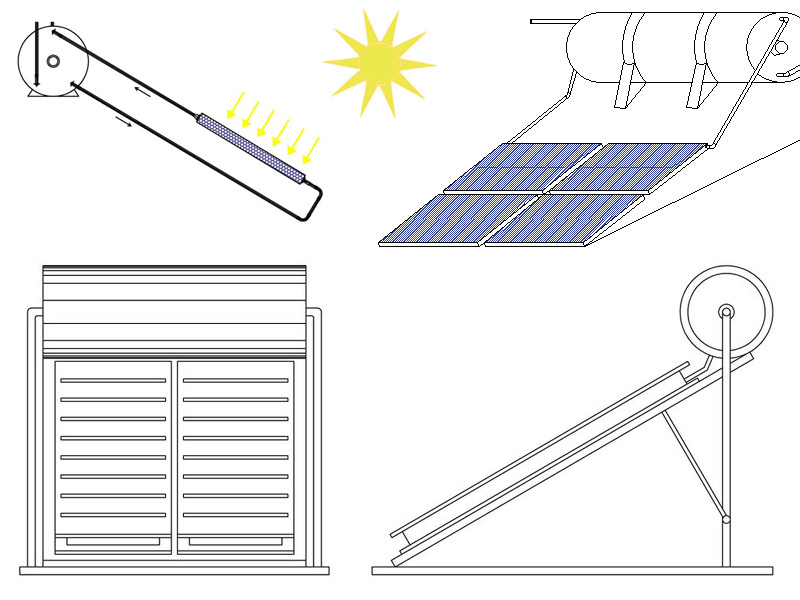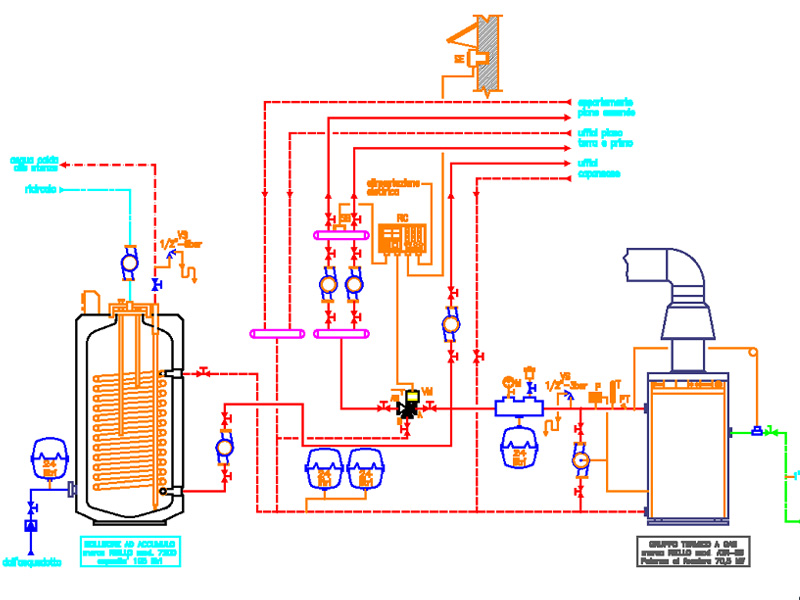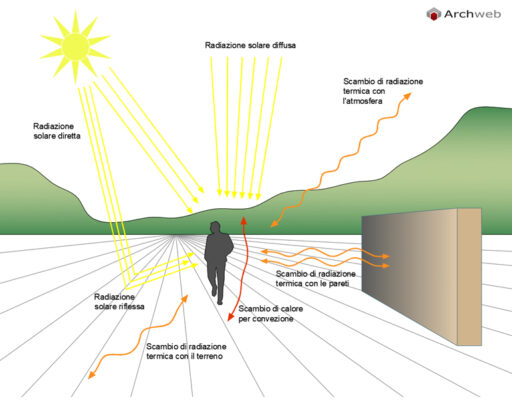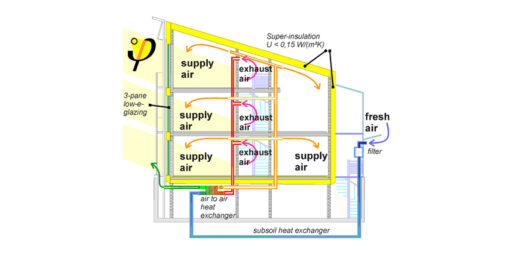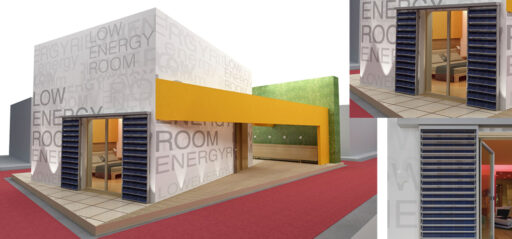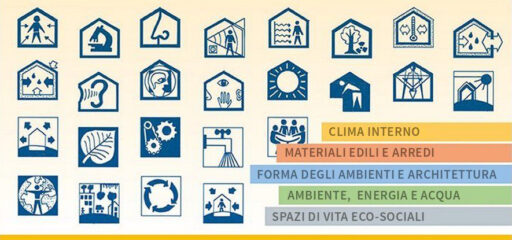Off the grid
Sustainability Habitat 2020 - The house as a living organism

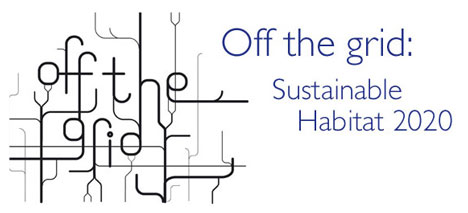
Today, our habitat depends heavily on energy and water. The energy crisis, the scarcity of clean water, global warming and environmental pollution are global problems. The project is based on the development of sustainable construction for not so future urban megacities in China in 2020.
The Philips project explores the possible integration between electrical mechanisms and bio-chemical functionality in building materials. This type of concept fundamentally changes the current approach that the designer has with buildings and habitat. The materials used to construct the surfaces of buildings are no longer seen as “inert” as is currently the case, but “alive” and capable of actively reacting to the external conditions of the environment, membranes used to harness energy. Membranes that create systems of strong relationships between the outside and inside of the home, used as communication vehicles, collecting and redistributing water, air and light.
LIGHT
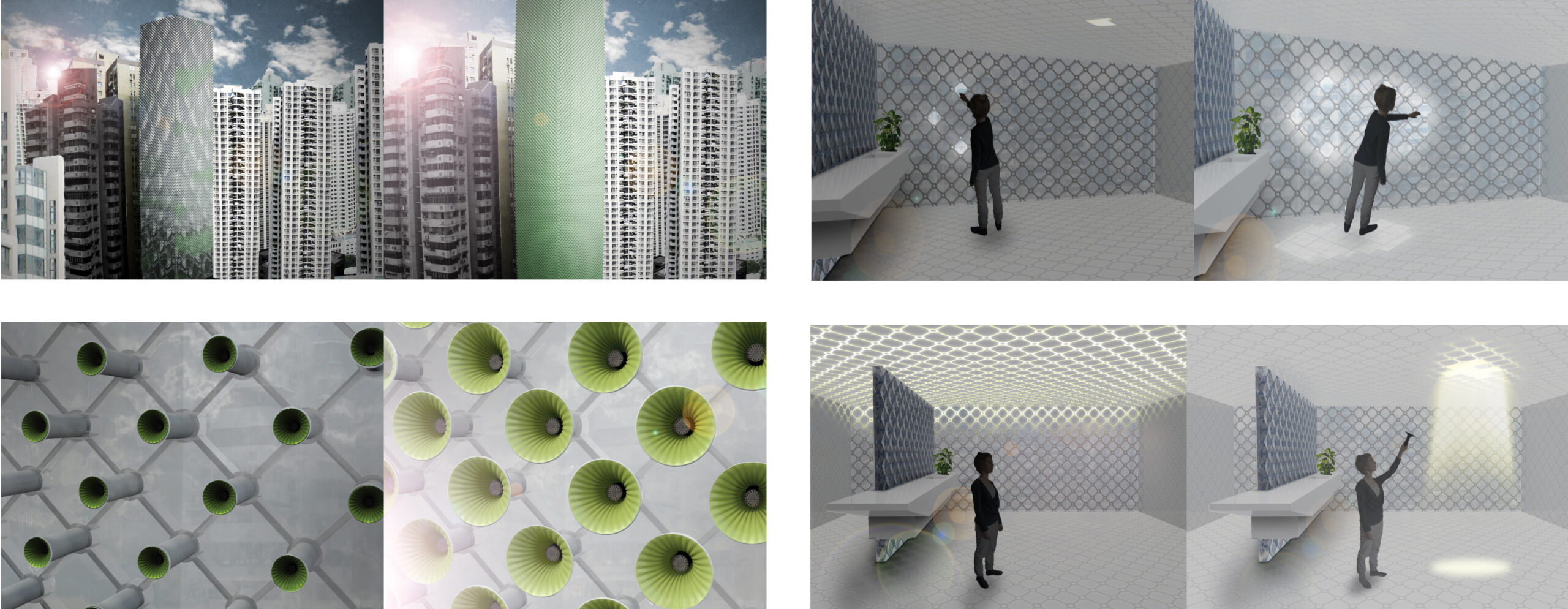
The external cladding of the building behaves like a “sensitive skin”, it actively reacts to sunlight and automatically switches to the most efficient position to radiate light and generate energy. By letting more or less light pass through, there will be a great saving in electricity during the day. Natural light will bring not only great savings but also health and well-being to people.
AIR
The skin of the building reacts to the wind. The passage of air through these membranes generates energy and the properly filtered air will enter the building cleanly. Compressed and dissipated through these “natural funnels”, the introduced air will be refreshed in order to condition the internal environments in a natural way.
WATER
The active skin of the building is able to recover water both in winter, by collecting rainwater, and in summer with the humidity present in the air condensed on the facade.
Through a purification process, it is recycled for internal uses in a closed circuit, so as to optimize the consumption of fresh water.
WASTE
Organic waste will be transformed into energy with the exploitation of biogas, which will be used for heating the environment and for the production of hot water.
Source:

http://www.design.philips.com/probes/prtat_2020/index.page



























































